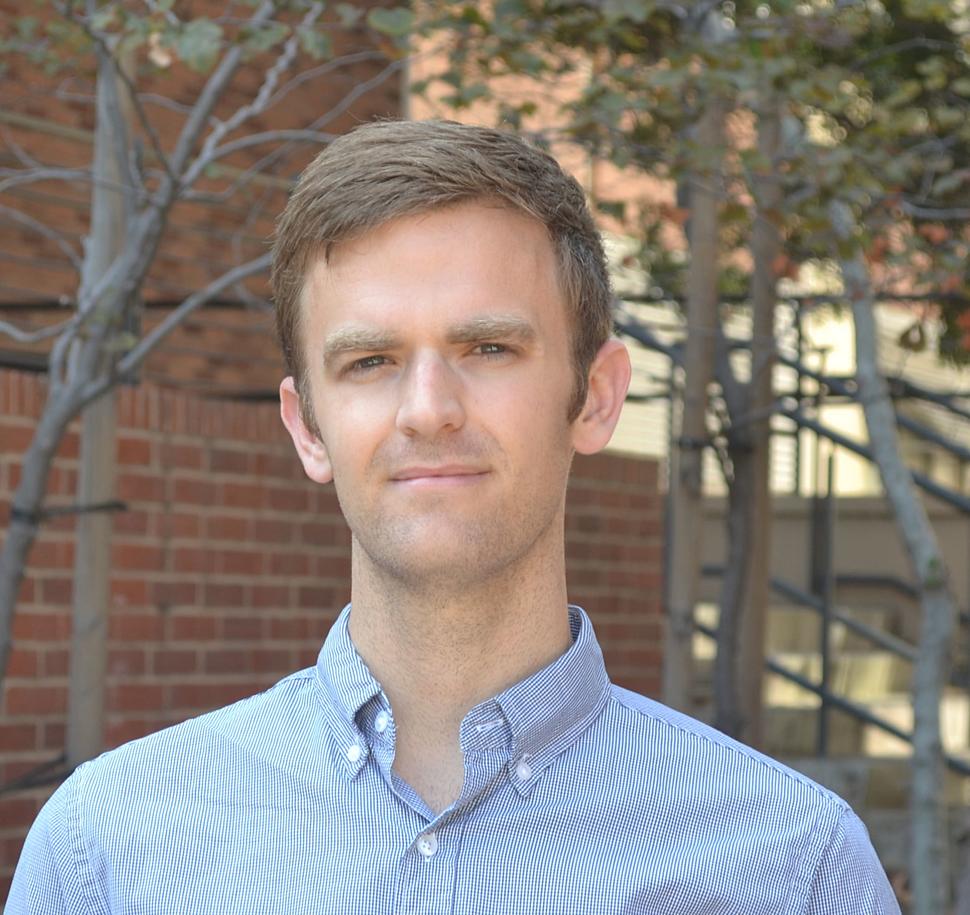Aaron Meyer, Ph.D., a CSBC investigator at the University of California, Los Angeles (UCLA), uses systems approaches to improve the development of new drugs for cancer patients. His lab combines biological experiments with data-driven models to identify effective drug combinations for lung cancer.
Models allow him to think about biology in an innovative way, define hypotheses, and communicate his findings.
In this interview, he discusses advice from his career journey related to systems biology and his CSBC research project.
What was memorable advice about cancer systems biology that you heard from your postdoctoral mentor, fellow CSBC investigator Dr. Doug Lauffenburger?
I think the most valuable idea that I took away is that we can think of many diseases including cancer as problems in how cells respond to their environment. Doug also helped me see that systems biology has a lot of potential to help with translational science. Now, our lab uses systems approaches to address translational research questions for the ultimate application of drugs in cancer patients.
Why is your CSBC research focused on receptor tyrosine kinases?
All the work in our lab is focused around receptors because they are proteins that the cell uses to sense its environment. Cancer is a disease where cells no longer respond properly to their environment, so it’s not surprising that receptors are dysregulated in lots of different ways in cancer.
One family of those receptors are receptor tyrosine kinases (RTKs). RTKs are important in cancer, and we currently have drugs that target them. They’ve only been transiently effective in lung cancer. They can lead to dramatic tumor shrinkage, but these aren’t curative agents.
Our hope is that if we understand how tumor cells respond to those drugs and how they eventually lose their responsiveness, then we can develop better treatment strategies.
Can you describe your collaborative CSBC project?
I’m working with Eric Haura, who has pioneered clinical applications of tools for measuring protein interactions, and Forest White, a leader in proteomic measurements of phosphorylation.
Our CSBC project aims to improve the identification of effective combination therapies for lung cancer. For this project, we are specifically interested in targeting AXL, which is an RTK that is potentially a common resistance mechanism of lung cancer.
This collaboration takes advantage of the expertise across our different labs. A few years ago, the Haura lab showed that you could make a measurement of an RTK interacting with another protein. This predicted whether or not tumors were responsive to a certain type of cancer drug better than other measurements, like phosphorylation of the receptor.
We aim to use a protein interaction measurement with AXL to predict whether or not tumors respond to an AXL inhibitor.
The challenge is that we know a lot less about AXL. We don’t know a lot about the proteins that interact with AXL and which proteins drive resistance. The White lab is mapping AXL-mediated signaling networks.
Our lab is integrating the findings from their lab with quantitative modeling to help identify which protein interaction we could measure to predict drug responses.
One way to think about our collaboration is that the White lab is providing the data and the measurements for starting to ask which proteins interact with AXL. We’re doing the modeling to help identify that interaction. The Haura lab is going to help us make those measurements in patients and see whether or not that interaction measurement predicts response.
The ultimate goal for this project is that we’ll identify an AXL protein interaction that could be measured and could predict which tumors would respond to an AXL inhibitor. If we have that, then we can determine which patients would best respond to this drug. Being able to select and predict which patients would respond means that we can treat those patients with the drug that will be most effective instead of many drugs which may not work as well or at all.
Do you have any additional thoughts that you would like to share about the CSBC?
Something that really speaks to the value of the CSBC is that there are now junior investigators that are going off into their own research directions. Some of the people that were junior investigators are now principal investigators within some of the centers. I’ve also always been impressed by the range of different definitions that the centers have for systems biology. I really like being part of the community because I get to see all those different perspectives.
